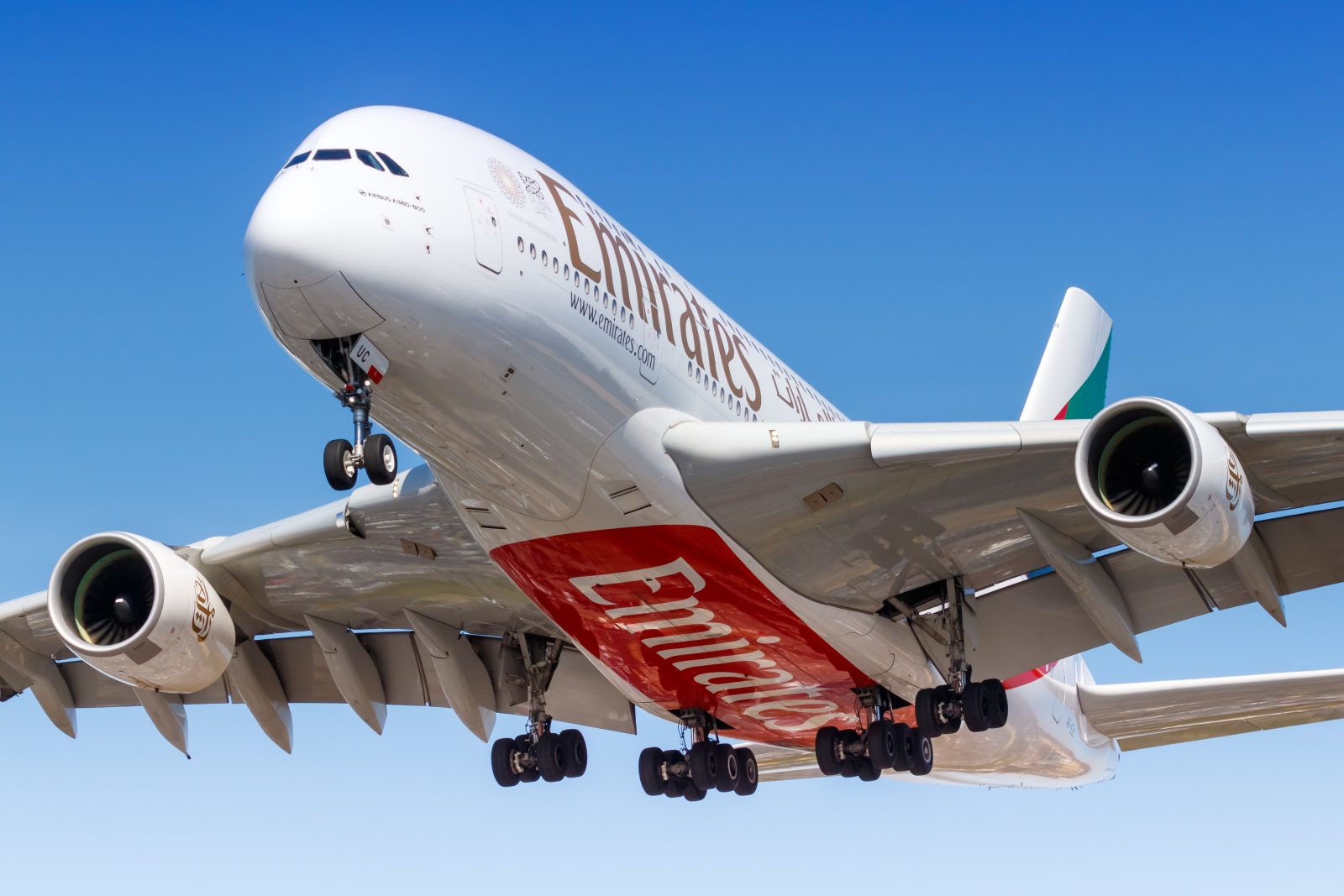
Passengers onboard an Emirates flight from Perth in Western Australia to Dubai hit the ceiling after the Airbus A380 superjumbo was suddenly rocked by severe turbulence on Monday night.
As many as 14 passengers and cabin crew were injured after the double-deck plane suddenly dropped, sending anything that wasn’t strapped down flying towards the ceiling.
The @emirates flight from Perth to Dubai was awful. I hate flying, so I rarely get up unless I need to. The pilot announced turbulence and to sit down. Literally a second later, myself and others hit the ceiling. You can see my hair in the crack. The crew were so supportive. pic.twitter.com/pQt97ATsHI
— 🌙 Abi ✨️ (@lunars_magic) December 6, 2023
According to passengers onboard Emirates flight EK421, the pilots made a tannoy announcement warning of turbulence and instructed everyone to sit down but barely a second later, the turbulence struck.
Some passengers, including Abi on social media site X hit the ceiling. Abi took a photo of where her head impacted the ceiling, causing a large crack with some of hair embedded in the crack.
Me and @lunars_magic had the worst flight back from Perth to Dubai with @emirates. Geniunelly felt that was the end as we hit the ceiling to ground twice and smashed the ceiling in. Glad to be home. pic.twitter.com/g8zsi61cSk
— MattRPD (@MattRPD) December 5, 2023
Another passenger who goes by the name MattRPD on X says he hit the ceiling twice, again causing damage to the overhead panel. “Genuinely felt that was the end as we hit the ceiling to ground twice and smashed the ceiling in,” MattRPD said in a post on the social media site
In a statement, Emirates said some medically trained passengers volunteered to treat some of the injured onboard, while cabin crew sought help from a specialist medical team on the ground via satellite link.
Despite the severity of the turbulence, the pilots decided to continue onto Dubai where the plane landed safely at 4:45 am on Tuesday. Medical personnel were waiting for the plane on arrival in order to treat the injured passengers and crew.
A spokesperson for the airline said the nine-year-old aircraft “briefly encountered unexpected turbulence” and confirmed that a “small number” of people on the flight were injured.
Pilots have a range of tools to help predict turbulence, including weather radar, metrological data and reports from planes flying in the same area. Despite the availability of this data, however, predicting turbulence isn’t an exact science, and it can strike with little or no warning.
A recent study by British researchers concluded that turbulence is not only becoming more prevalent but also worse in nature. Of particular concern is ‘clear air turbulence’ that is almost undetectable before it strikes.
It’s no surprise then that airlines encourage passengers to keep their seat belts fastened when seated even if the fasten seat belt signs aren’t on. Australian flag carrier Qantas even has an expectation written into its conditions of carriage requiring passengers to buckle up whenever they are seated.
Mateusz Maszczynski honed his skills as an international flight attendant at the most prominent airline in the Middle East and has been flying ever since... most recently for a well known European airline. Matt is passionate about the aviation industry and has become an expert in passenger experience and human-centric stories. Always keeping an ear close to the ground, Matt's industry insights, analysis and news coverage is frequently relied upon by some of the biggest names in journalism.








You may wish to note that my photo was NOT from the Emirates flight (nor did I say it was – merely ‘my’ photo of a similar experience, but that was QF72 in 2008 Sing to Perth)